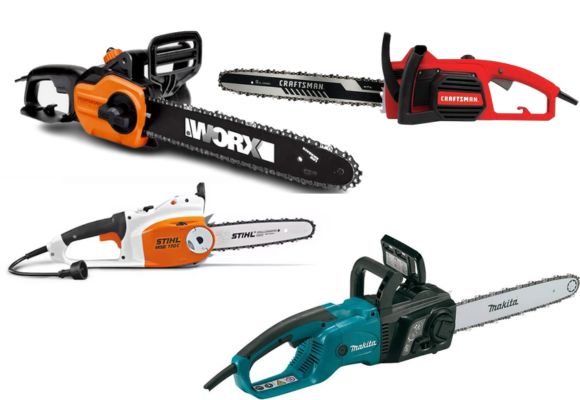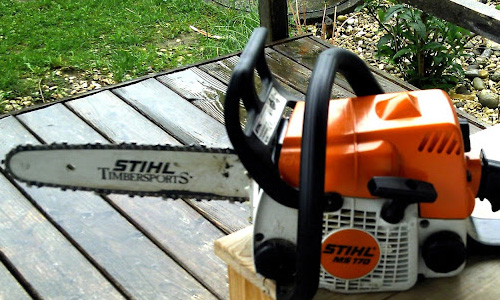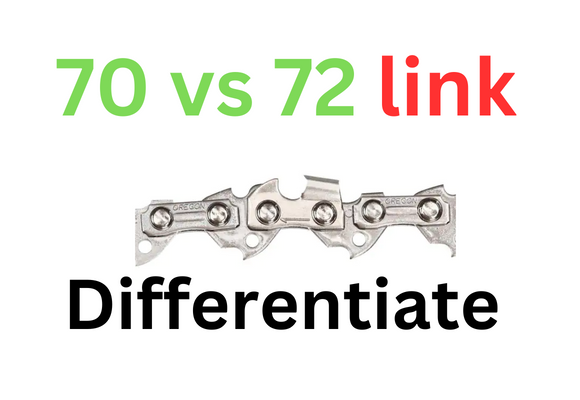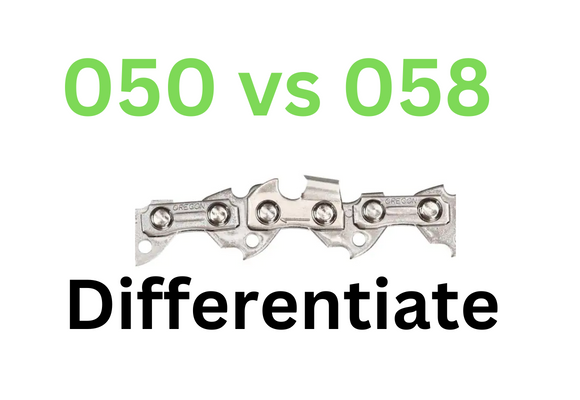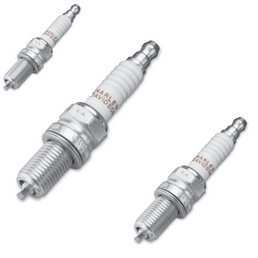The felling dogs are referred to by several different names. While some prefer to go with the term felling dogs, others call it a chainsaw spike, bumper spikes, dog teeth, and so on. Does not matter how they are referred to; the task they have to deliver remains the same regardless.
Commonly felling dogs are found on the backside of a chainsaw bar. It is not for everyone to be able to use their chainsaw with the felling dogs on as they think of it as a source of nuisance, but someone who gets along with the spikes finds them very helpful.
Although spikes are a feature that is optional to be implemented on the chainsaw, felling dogs do provide significant leverage and stability when one undertakes their operations with a chainsaw.
Therefore, if you are considering purchasing a felling dog, we will assist you by simplifying your procedure and providing you with the difference between 3 point Vs. 4 point felling dogs.
3 Point Vs. 4 Point Felling Dogs
When it comes to a felling dog, purchasing them is not hard as they are readily available online and in the market. A task that poses true difficulty for customers is picking out the appropriate kind of felling dog for their chainsaws.
Now distinguishing between a 3 point Vs. 4 point felling dog is easy. This is because not many differences exist between them apart from how they have been constructed.
Usually, both acquire the same shape, but the length between their teeth is wider for a 4-point felling dog while concise for a 3-point felling dog.
Again, the differences in the teeth length distance also exist to assist the users in the work that they have to undertake.
Primarily, with the 4-point saw, you can conveniently cut up any large stock, which is generally difficult to handle. Since the felling dog has enough space to adjust the logs, it will be effortless to cut the wood into any design you want while it still attains its smooth edges and not ruffled corners.
However, your 3-point felling dog will not support such a mass space of your log, but it would ensure that all the wood is centered equally and evidently. As a result, you will have an outcome just like that you would have anticipated- easy to achieve and ideal in appearance too.
Since we want you to refrain from contemplating and wondering, investing your energy into distinguishing between 3 points Vs. 4-point felling dogs, we will reiterate and summarize the differences for you alongside providing you with a useful tip.
Something which will act as a catalyst in your decision-making process is to be aware of the purposes of the felling dogs and then to align them with your work uses.
For instance, if you are a professional who deals with massive pieces of logs and is responsible for cutting them all, then no better point for the felling dog than the 4 points will help you out here.
On the other hand, if you are more into creating neatly carved and meticulously designed artifacts, for which you need neatly cut pieces of wood. Then you will have to opt for the alternative option presented to you, which is your 3-point felling dog.
The 3-point felling dog will make sure that you get all the cuts in the right places and will also help you with attaining a firmer grasp on your chainsaw by providing enhanced stability which will give you support in the wood felling process.

Therefore, whenever the decision is narrowed to buying a felling dog ideal for your chainsaw, before you proceed to finalize, you must think hard about why the need for having a felling dog on the machine has been raised.
Then and per your requirements, you decide on the point of the felling dog that you may need. Demands for everyone are different, so do not be led astray by the recommendation of a 4-point felling dog from your professional wood-cutting friend.
It has not been deemed necessary that if the 4 points worked well for them, it would work well for you too. The crux of this example is to tell you that the wisest thing to do in the situation is to get a felling dog that you think will be the most efficient when it comes to adequately catering to your needs.
Purpose Of A Felling Dog
In the preceding section, we have discussed the types of felling dogs, but now we will consider the purpose of a felling dog and the situations in which they can be the most useful tool for you to have by your side.
Precisely there are two particular situations where a felling dog on your chainsaw will save the day for you through its numerous advantages.
Bucking And Felling Logs With Huge Diameters
The pro that a felling dog has in using logs with wider diameters is straightforward. Per the laws of physics, as the diameter increases in size, the pressure that a sawyer would have to imply increases as minimal pressure will not be equally spread throughout the huge diameter.
A common outcome that this phenomenon related to the force will have is slowing down your cutting activity and simultaneously exhausting your functional capacity. However, you can avoid this with a felling dog, which would anchor your chainsaw and, through its fulcrum, lever the machine.
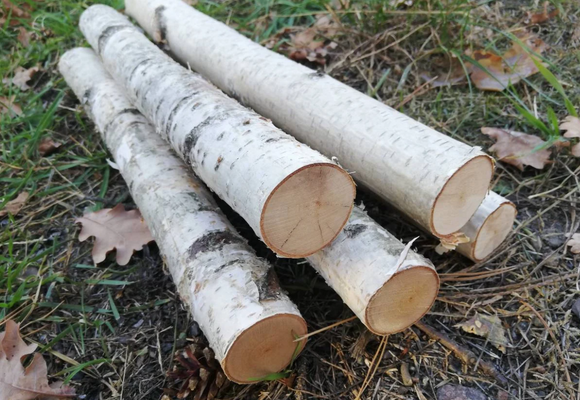
With this, you can operate the chainsaw more consistently and not struggle with applying extra pressure, too, because simply there would be no need to do so as the saw will be doing most of your work.
Consistent Cutting
Similarly, the same fundamental also applies to constant cutting. Using a felling dog here, too, can significantly reduce the total fatigue and the workload that occurs from the continuous operation of cutting and then felling wood.
Fatigue is inevitable and will materialize, nevertheless. Even if you are only felling a few pieces of wood, you will sooner, if not later, tire yourself out without having done much work. Therefore, you must make your job less hectic and tiring for you.
This is the exact purpose a felling dog will serve in this situation- every cut will seem seamless for you if you have the felling dog equipped on your chainsaw.

By ensuring that the bottom of the additional equipment (felling dog) is bearing the log and levering it with every cut, you will be able to cut a whole log cord without compromising your physical health.
We insist you try this. As superficial as our proposal may seem of using a felling dog in consistent cutting, in actuality, it is not. Firewood cutting or the simple felling of wood with a felling dog, bucking the wood will seem easier and will be done quickly too.
No wonder people often refer to a felling dog through “bucking spikes.!”
Considering Teeth Size On A Felling Dog
Teeth size of a felling dog is a very important factor that has to be considered. The two types of teeth that you will frequently encounter in a felling dog are either the small teeth or the large teeth.
You should always buy a felling dog with large teeth if you are cutting trees that are thick in their trunk size or have barks that are very soft. For example, pines and cedar trees fit the description perfectly.
On such trees the teeth of your felling dog will perfectly penetrate the bark, cutting into the whole of the bark without any chance of slipping.
Whereas smaller teeth on a felling dog are ideal and suitable with small trees with tougher barks but thin trunks. Let’s say that the bark is thin in size, then penetration is difficult, and if you use the larger teeth of a felling dog, the outcome will not be fruitful.
Hence, you should use the small teeth felling dog because it will keep the bar usable and exposed during cutting, ensuring not to take up a lot of space on the already thin bark of the tree.
Conclusion
We hope that our write-up on the 3-point Vs. 4-point felling dogs have given you a more comprehensive view and will assist you in concluding.
